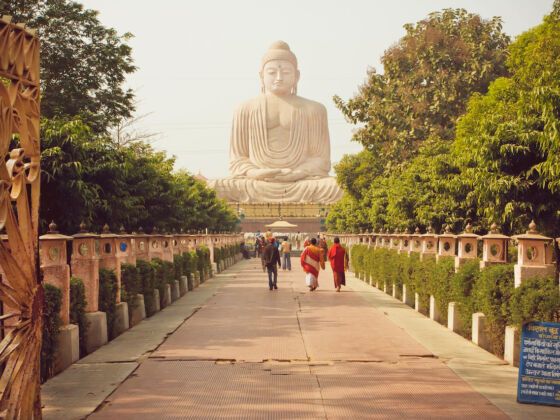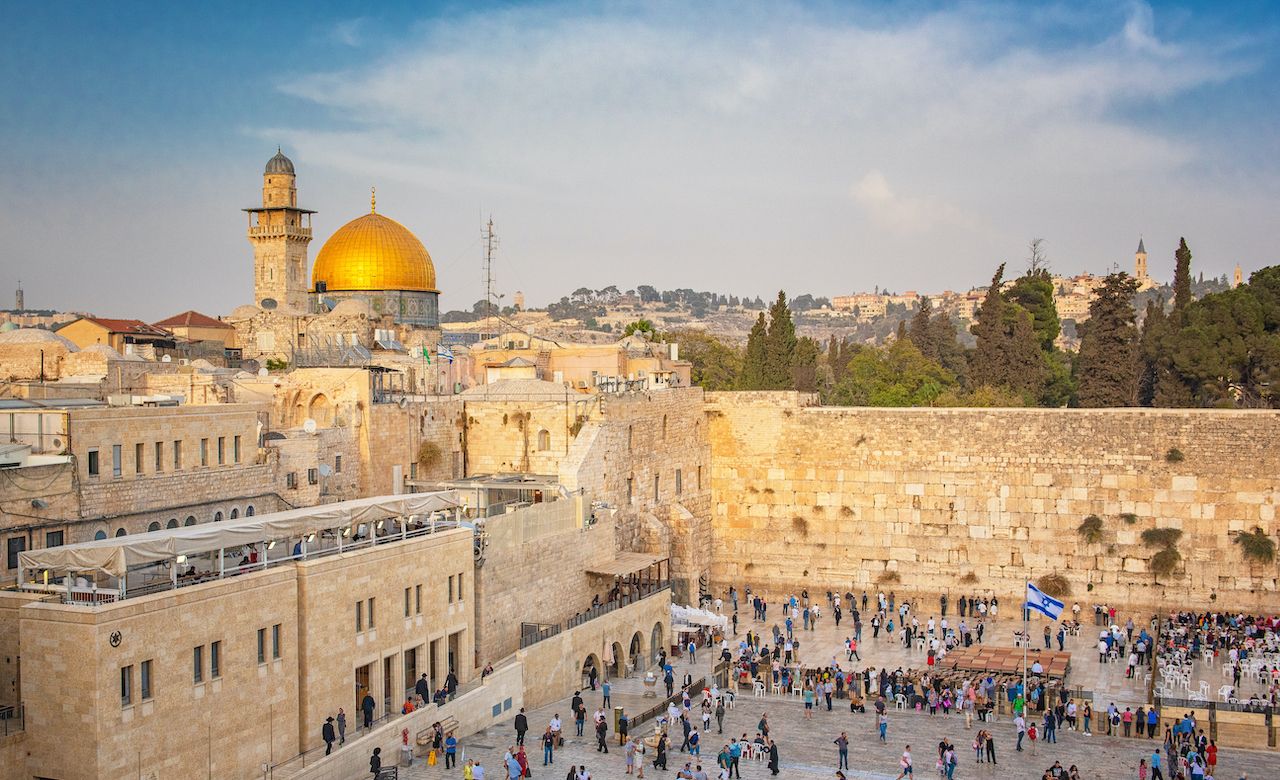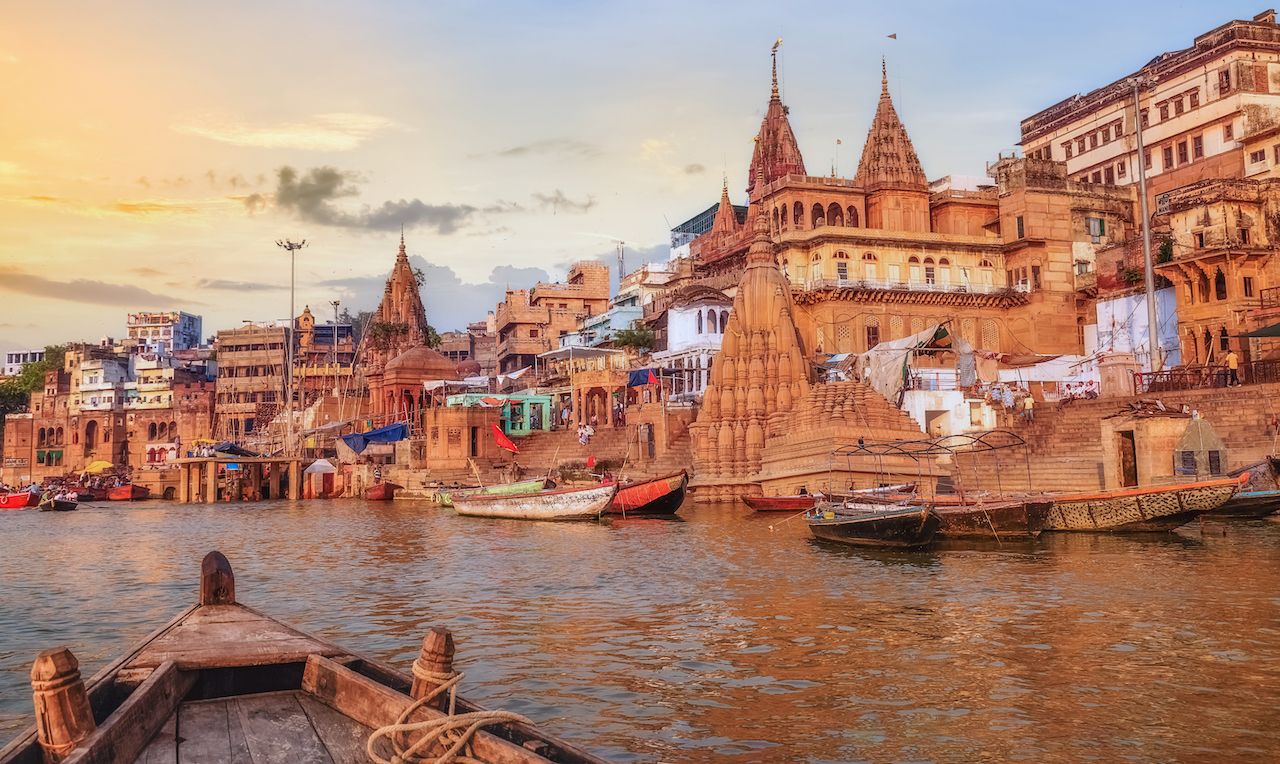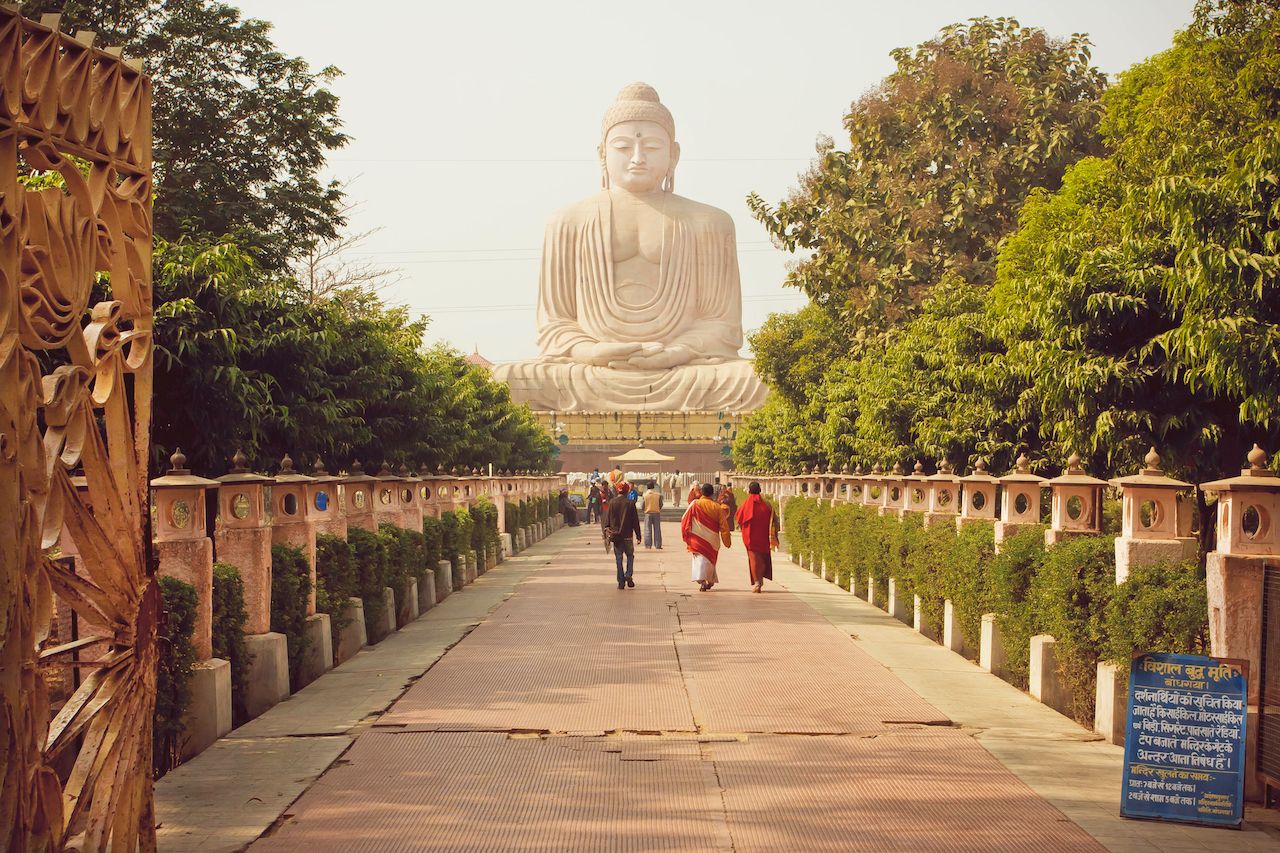With an estimated 4,200 different faiths being practiced in the world today, it is no secret the rewards gained from developing the spiritual self.
Our souls strive to be at peace, in love, and with joy, as we simultaneously endeavor to create comfortable material lives for ourselves and our loved ones.
Many times, the faithful will journey to legendary holy lands in efforts to revitalize, reaffirm, and renew their faith. These pilgrimages are such defining experiences that they nourish the human spirit for years after.
Out of the countless cities formed across the globe, none are regarded with more sanctity than the five listed below.
Bonded to history, legend, and faith, these sites attract believers who are willing to travel incredible distances to set foot on these holy lands.





